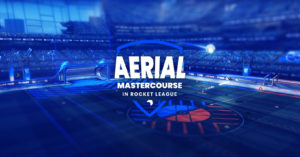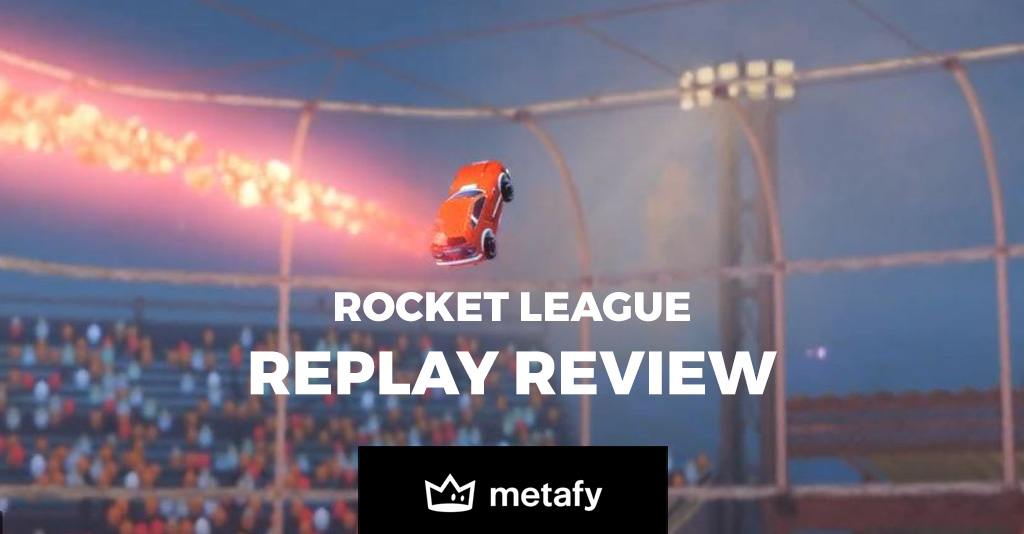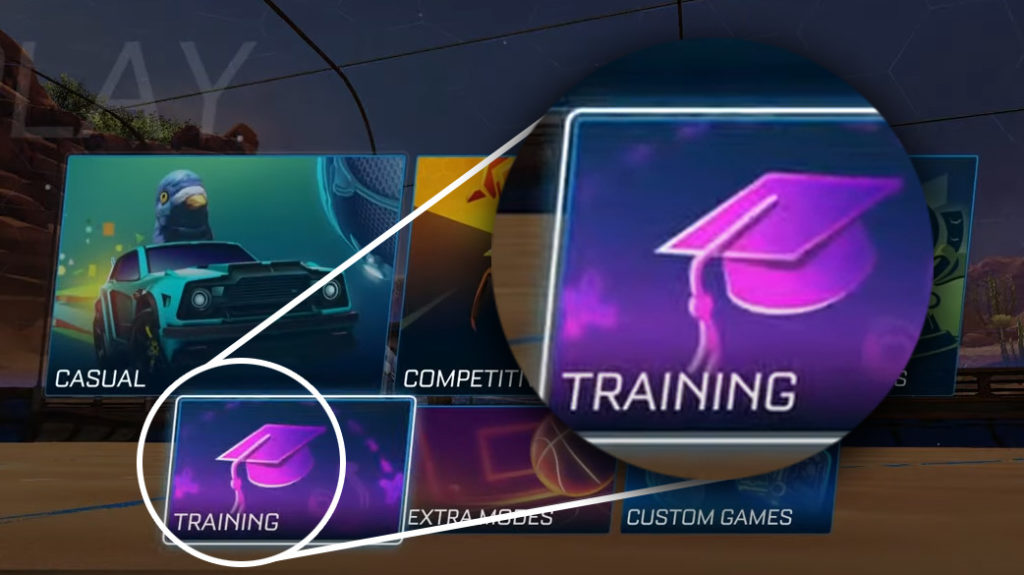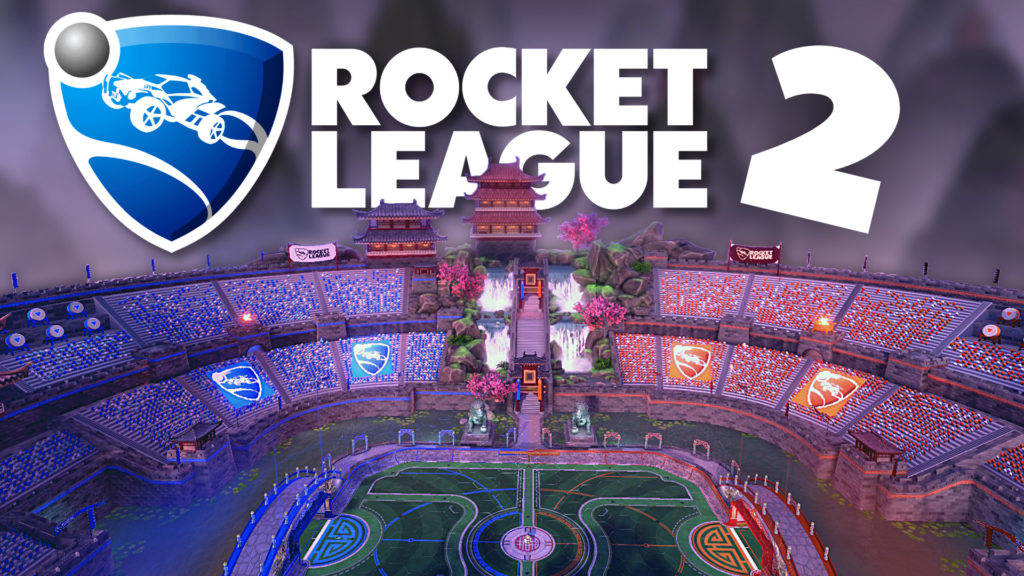In this article, Hoodyhooo looks at the emerging popularity of esports within a high school context.
The world of high school esports is undergoing something of a boom with 72% of teens aged 13-17 playing video games according to a study from the Pew Research Centre.
Why is this? And what impact is this having on the world of Rocket League?
Organisational Structures
First, let’s introduce the NFHS (National Federation of State High School Associations https://www.nfhs.org), the governing body over high school varsity sports in America. The NFHS sets and enforces regulations at a national level.
Next, there’s PlayVS (https://www.playvs.com): an online league that provides schools with an organized league that operates very similarly to smash.gg. They are currently under a 5-year contract with the NFHS as the exclusive platform for varsity high school esports.
PlayVS does not allow any “shooter” style games. This obviously limits the platform and they lose out on some games with massive audiences, but at the same time, I think this is also what landed them the exclusive deal with the NFHS.
Rocket League’s Appeal
Given the sensitive issue of gun crime in the United States, the decision was made to exclude any shooter style games from high school esports.
Currently, PlayVS offers three titles with plans to add more in the future: Smite, League of Legends and Rocket League.
Rocket League, being family-friendly and simple, gives the game incredible potential. Recently, Epic Games acquired Psyonix, the company that created Rocket League.
No doubt Epic recognized the potential of the game in this rapidly-growing esports scene and were willing to invest in that potential.
We have already seen the announcement of the Intel World Open as a tie-in event to the 2020 Tokyo Olympics. This is just the beginning for Rocket League and esports.
How it works
According to the NFHS, the high school Rocket League competition is structured in the following way:
- Managed through a partnership with PlayVS, Esports will be played in two seasons (Oct-Jan/Feb-May) with different games that have been approved by the participating state association.
- Each season consists of a pre, regular and post-season competitions with a state champion being crowned for each game at the end of the season.
- Student teams are matched up with other schools across the states based on skill level.
- There is no travelling during the regular season. All matchups will happen within their own school walls with competitions played through the PlayVS online platform.
- Each school can field as many teams as they can for as many games in a season. Schools are required to have a faculty advisor, access to internet and computers.
- Students are required to pay a $16-per-month participation fee.
Currently, most esports programmes operate as an out-of-school ‘club’ rather than an officially-recognized varsity sport like volleyball or basketball. However, there are a few states that have officially recognized esports as a varsity high school sport including: Connecticut, Georgia, Kentucky, Massachusetts, Rhode Island, Alabama, Mississippi, and Texas charter schools.
While these programs operate as clubs, they will require individuals to volunteer in order to run. This means there will not be paid esports staff positions until states and then individual schools recognize esports as a legitimate varsity sport and deem it important enough to justify funding a staff.
With that being said, there are a few hurdles that esports programs are facing, funding being the most difficult to overcome. PlayVS has a $16 per month fee that each student must pay. While some schools have the funds to support this, others are having to fundraise or pay out of pocket.
This is something that many players hope the sport can move away from given that it discriminates at the level of wealth.
Another issue that arises from lack of funding is the provision of equipment and hardware. To compete in these leagues, schools must provide PCs that are capable of running these games.
Comparison to traditional sports
As things stand, most esports programs are slow to develop and lack even basic support from their schools.
There are some key differences when comparing esports to traditional sports. Most importantly, esports are unisex which means there is no division of gender within competitions. This is fairly unique in high school sports.
There are some obvious differences, like sports requiring physical exertion and esports lacking that requirement, though a good coach will still stress the importance of maintaining a healthy body.
On the other hand, there are many similarities between traditional sports and esports. Teamwork, strategy, determination, problem-solving, dedication, dealing with adversity, learning the importance of consistent work in order to improve are a few examples that come to mind.
Esports provide another extracurricular activity for students to participate in. This, in turn, could be used to inspire students to care more about grades, attendance and behaviour. In this sense, esports have the potential to appeal to students who may not be as engaged by traditional approaches to schooling.
Esports in high schools provides more opportunity to students and has incredible potential. Let’s see what the future holds in 2020.







